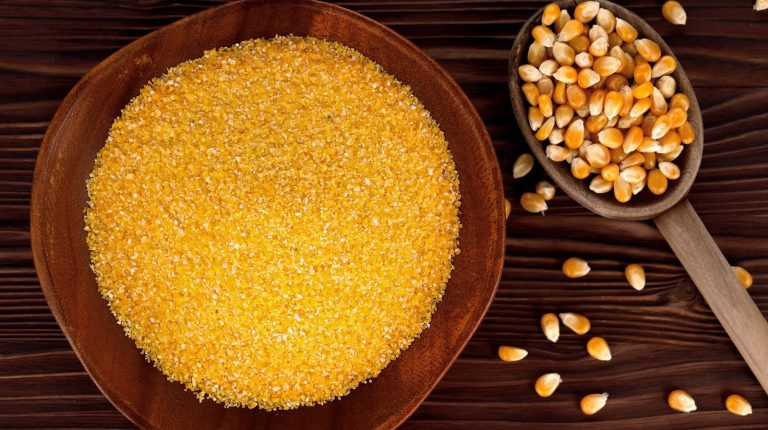There’s not much that’s more American than enjoying a flame-grilled burger unless, maybe, you’re enjoying a burger while watching fireworks going off in the distance. The burger-and-fries combo, however, didn’t get its start in the U.S. To understand how the pairing became the quintessential American meal, we’ve got to go back to where burgers and fries got their start. According to popular food lore, hamburg steak — the predecessor to the burgers we know and love today — originated in Germany. French fries, on the other hand, appear to have Belgian, Prussian, or French roots, depending on which story you believe.
Hamburgers and fries became an inseparable duo shortly after World War I. Many returning soldiers became fond of French fries during their time overseas, and searched far and wide for comparable versions on the home front. In 1921, shortly after the end of the war, White Castle opened, becoming the first American fast food restaurant. The company made the uber-smart business decision to serve fries alongside hamburgers to meet the demands of recently returned veterans. Other quick-service restaurants followed suit, and the long-standing tradition of burgers and fries was born.
Why burgers and fries are now an inseparable duo
In the mid-1800s, hamburger steak began to flood the restaurant scene in the United States as a wave of German immigrants opened beer gardens in American cities, where they often served traditional German cuisine. There are a few theories on how French fries made their way to the U.S. Some say that formally trained French chef James Hemings introduced the cuisine while enslaved by Thomas Jefferson at Monticello. Others say that fried potatoes made their debut at a White House dinner hosted by Jefferson during his presidency.
The first official instance of the hamburger — bun and all — is hotly debated amongst food historians. Some state that 15-year-old Charlie Nagreen first served hamburger patties between two slices of white bread at the Outgamie County Fair in Seymour, Wisconsin, while others believe that the first official hamburger was sold at The St. Louis World’s Fair in 1904.
Regardless of how the hamburger got started, serving them alongside a heaping pile of fresh French fries became the norm post-WWI. While it’s impossible to know exactly why so many restaurants hopped on board with the trend, it’s likely that they were working to copy White Castle’s success — and the salty, savory pairing stuck.
Elevating burgers and fries at home
Whether you’re planning an Independence Day cookout, a Labor Day bash, or are just craving the simple-and-satisfying combination of a burger and fries in your own kitchen, there are tons of ways that you can boost texture, flavor, and elevate your traditional plate.
First, start by getting your hands dirty. You should make burger patties on your own instead of going with the pre-formed version, convenient as they may be. If you’re making burgers on the grill, it can be tough to ensure that they cook evenly. Using the simple hack of making a thumbprint indent in the middle of each patty can help ensure even cooking as the center of your patty begins to puff up during the cooking process. If you’re cooking your burgers indoors, try the smash burger method for a super-flavorful, thin, fast-food-esque patty. You’ve likely heard that you should never smash patties with a spatula on the grill (it can dry them out), but in a cast iron pan on your stove top, it’s a different story. Smashing your burgers with your spatula creates a thin, stackable patty that’s a perfect canvas for your favorite toppings.
When it comes to topping your burgers, you can’t go wrong with the classic cheese, ketchup, and mustard. Expanding your palate with new burger condiments can be fun as well — teriyaki sauce, for example, can infuse a super-savory taste, while peanut butter (seriously) can add an unexpected richness. No matter what you add, don’t forget to include a side of fries.







